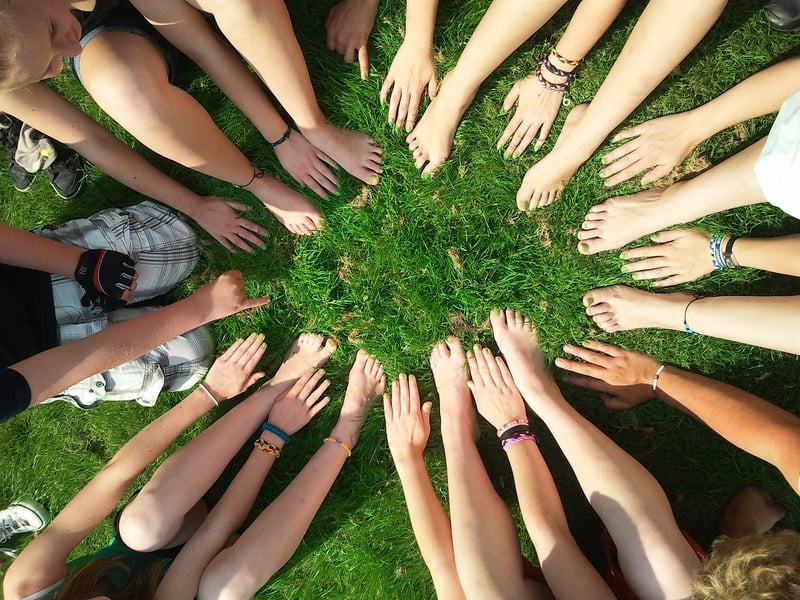Community Protection
Creating Safe Spaces + Community Protection
Welcome to our guide on creating safe spaces and ensuring community protection. In today's world, it's crucial to prioritize safety and security in all aspects of life, whether in physical spaces or online communities. By implementing effective strategies and fostering a sense of belonging and trust, we can cultivate environments where everyone feels safe and supported.
The Importance of Safe Spaces
Safe spaces are essential for individuals to express themselves freely, seek help when needed, and engage in meaningful interactions without fear of harm or discrimination. Whether it's a physical location like a school or workplace or a virtual community on social media, creating a safe space is vital for promoting well-being and fostering positive relationships.
Tips for Creating Safe Spaces
- Establish clear guidelines: Set ground rules that promote respect, inclusivity, and zero tolerance for harassment or bullying.
- Provide resources: Offer support services, helplines, or access to mental health professionals for those in need.
- Encourage open communication: Create channels for feedback, suggestions, and reporting of any safety concerns.
- Train staff or moderators: Ensure that individuals responsible for maintaining the space are equipped to handle safety issues effectively.
- Promote diversity and inclusion: Celebrate differences and create a welcoming environment for people from all backgrounds.
Community Protection Strategies
Protecting the community goes beyond creating safe spaces. It involves proactive measures to prevent harm, address conflicts, and uphold the well-being of all members. Here are some strategies to enhance community protection:
- Implement security protocols: Use encryption, secure login systems, and other technical measures to safeguard online communities.
- Establish reporting mechanisms: Allow users to report inappropriate behavior or content and take swift action to address concerns.
- Collaborate with law enforcement: Work with authorities to address serious threats or illegal activities within the community.
- Conduct safety audits: Regularly assess the safety measures in place and make necessary improvements based on feedback and data.
- Educate members: Raise awareness about online safety, privacy protection, and responsible digital citizenship among community members.
Conclusion
Creating safe spaces and prioritizing community protection are ongoing efforts that require dedication, collaboration, and continuous improvement. By following the tips and strategies outlined in this guide, we can work towards building inclusive, secure environments where everyone can thrive and feel valued.
Remember, safety is everyone's responsibility, and together, we can make a positive impact on the well-being of our communities.


